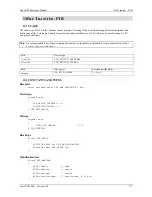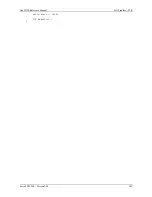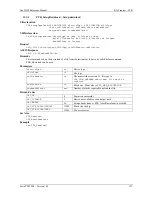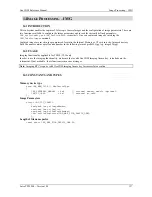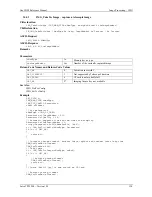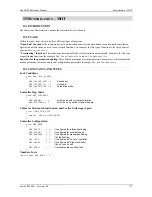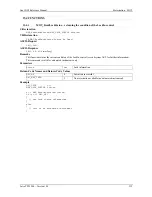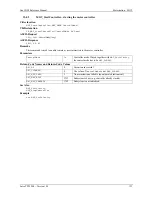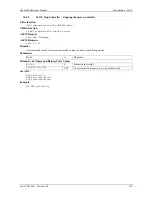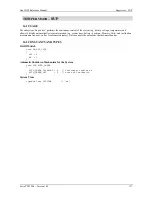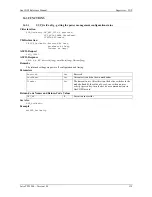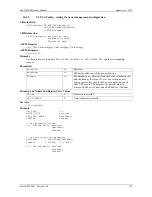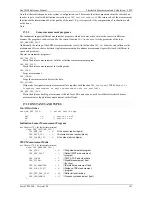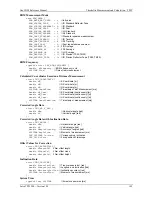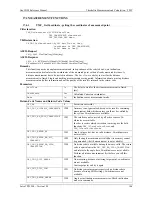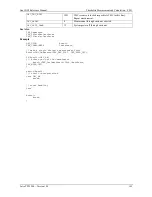
GeoCOM Reference Manual
Motorisation – MOT
Leica TPS1200 – Version 1.50
131
15
M
OTORISATION
–
MOT
15.1
INTRODUCTION
The subsystem ‘Motorisation’ controls the motorised drive of the axis.
15.2
USAGE
Within the subsystem, there exist three different types of functions:
"Open-End" functions:
These functions start a motorisation control task and continue execution until cancellation.
Special control functions are used to cancel such functions. An example for this type of function is the speed control
function
MOT_SetVelocity
.
"Terminating" functions:
These functions start control tasks, which terminate automatically. Examples for this type
are positioning functions for example
MOT_StartController
and
MOT_StopController
.
Functions for the parameter handling:
These functions manage system parameters. Examples are control parameter,
motion parameter, tolerance and system configuration parameters (Example:
MOT_ReadLockStatus
).
15.3
CONSTANTS AND TYPES
Lock Conditions
enum MOT_LOCK_STATUS
{
MOT_LOCKED_OUT = 0,
// locked out
MOT_LOCKED_IN = 1,
// locked in
MOT_PREDICTION = 2
// prediction mode
};
Controller Stop Mode
enum MOT_STOPMODE
{
MOT_NORMAL = 0,
// slow down with current acceleration
MOT_SHUTDOWN = 1
// slow down by switch off power supply
};
Values for Horizontal (instrument) and Vertical (telescope) Speed
struct MOT_COM_PAIR
{
double adValue[MOT_AXES];
};
Controller Configuration
enum MOT_MODE
{
MOT_POSIT
= 0,
// configured for relative postioning
MOT_OCONST
= 1,
// configured for constant speed
MOT_MANUPOS
= 2,
// configured for manual positioning
// default setting
MOT_LOCK =
3,
// configured as "Lock-In"-controller
MOT_BREAK
= 4,
// configured as "Brake"-controller
// do not use 5 and 6
MOT_TERM
= 7
// terminates the controller task
};
Number of axis
const short MOT_AXES = 2;

